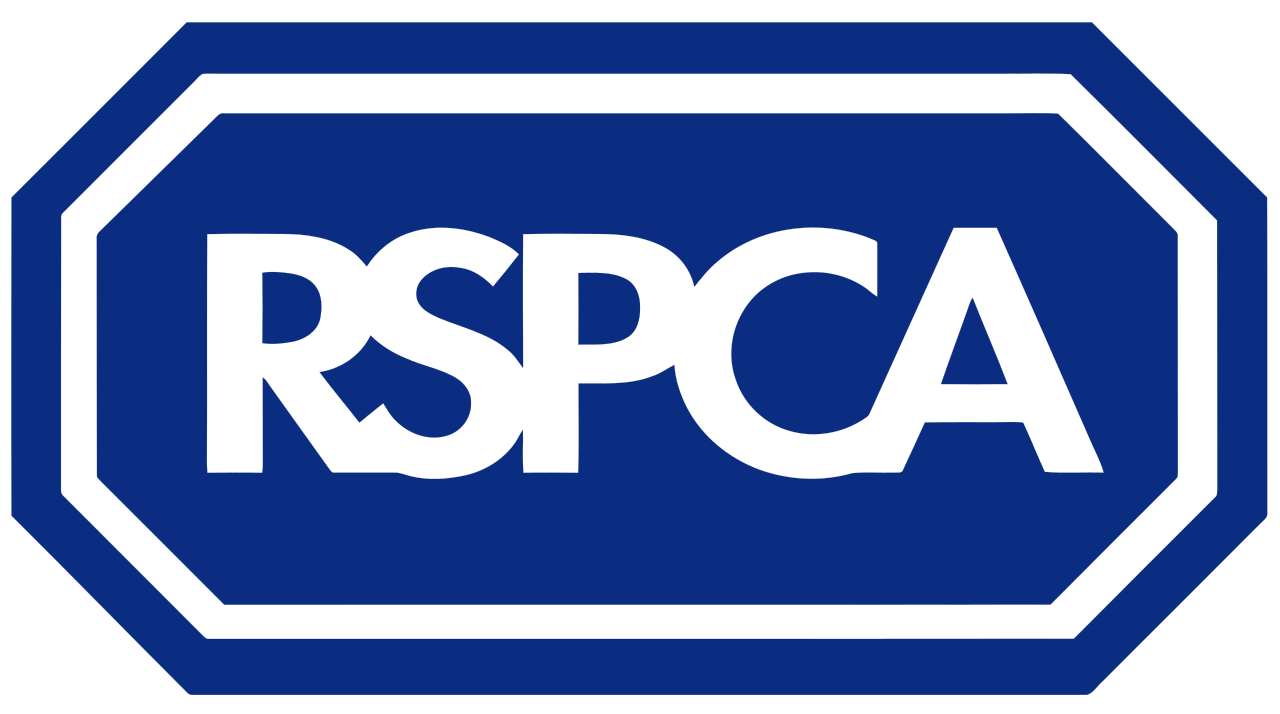HANDLING AND EQUIPMENT
It is important to introduce handling and new pieces of equipment to our dogs in a positive way. Handling issues can develop in dogs when their choice is repeatedly taken away. For example, being held still to have medication administered, or having to be physically manipulated into a harness or lead. Dogs aren’t born knowing that we mean well. They also aren’t born knowing how to wear a harness, collar or what it means to have their nails clipped, fur brushed etc. Giving our dogs the chance to tell us ‘no’ as often as possible will mean that on the day their choice is taken away, such as at the vet, they will have enough good experiences in the mental bank to cope. The first thing we want to do is introduce the idea of consent and handling with our hands, before moving on to introduce equipment.
Have your treats and marker word/ clicker ready.
STEP 1: Choose your dog’s consent position. I would recommend having them sit in front of you, that way it is very clear when they stand up and move away. Ask your dog to sit and mark and reward them a couple of times to let them know that is where you want them.
STEP 2: Put your treats out of sight such as behind your back or in a treat pouch or pocket. We don’t want the treats in sight as we do this exercise as this can lead to our dog doing things they are uncomfortable with as they really want the treat.
STEP 3: Once your dog is sitting in front of you, with treats out of sight, we are going to introduce our hand. Introduce a flat hand to your dog near their face. If they remain sitting and show no signs of stress (lip licking, yawning, tension etc) use your marker word and give them a treat from behind your back. Repeat this a couple of times.
STEP 4: In one sweep, stroke your dog down their back using the back of your hand. The reason we use the back of our hand is to make the handling a bit weird, like it would be in a vet or groomer and not just normal stroking and petting that they receive daily. If they stay sitting, mark and reward. Repeat this a couple of times all over your dog’s body. If they stay sitting mark and reward, if they stand up or move away, let them. That is their way of letting you know they need a break. After a small break see if they want to come back over and sit down to carry on. If they don’t, then finish the exercise for the day. That way we are clearly teaching our dogs they can say ‘no’.
STEP 5: Once your dog is used to being handled with your hands we can introduce new.pieces of equipment. Start with the new piece of equipment, such as a harness, behind your back. Still keeping your treats out of sight, pick up the harness and bring it out from behind your back, without moving it any closer to your dog. If they stay sitting and relaxed, use your marker word, pop the harness back behind your back, then give them a treat. Repeat each stage a few times, get the harness closer and closer to your dog, marking and rewarding if they remain sitting and making sure the harness goes back behind your back after each repetition.
STEP 6: Once you are at the stage where you can touch your dog with the harness, do this a good few times before you attempt to put it over their head. Once you are at the stage where you can put it over their head, still make sure you take the harness off and put it back behind your back in between each repetition. Also make sure you are slowly building up to the point where you can do it up. If at any point your dog wants to move away let them and if they keep getting up and moving away at a certain point, you have gone too quickly and should end the session for the day and go back to the stage before a few more times when you try again.
TOP TIPS
● Take this exercise at your dog’s own pace. Rather go too slowly then too quickly.
● Never do this training longer than 5-10 minutes. Any longer can cause frustration and conflict, particularly if the dog already has issues around handling or equipment.
● While you are training a dog to get used to a new harness, you can continue to use the old one. Make sure to not swap over to the new harness until your dog is comfortable with it.
● This exercise can be used to introduce any new piece of equipment, such as brushes, nail clippers and muzzles etc. However with equipment such as muzzles you will need to take it extra slow.
● Manage your expectations. Some dogs will respond quickly to this exercise, but some will need new equipment to be introduced over weeks or even months.
Extra help
If you are struggling, please get in touch with a qualified behaviourist. These can found by copying and pasting the following link into your web browser:
https://www.rspca.org.uk/adviceandwelfare/pets/general/findabehaviourist
Jade Spiro BSc 2022

